Where does your taste in music come from? Why do you like some things but not others? It’s mysterious, but to try and find out, I thought I’d look at the issue from the (my) beginning. So what is the first music you remember hearing? For me (and I imagine many people) it’s a hard question to answer. I know what music was around when I was little; but decades of nostalgic compilations have re-shaped the music of the 1980s into that modern idea; ’80s music’ and, along with TV shows, have blurred the line between what I know I should or could have heard and what I actually remember hearing. On the other hand, like most people whose parents listen to music, some of the first things I remember hearing (in my case things that were not contemporary pop music, mostly) can be pinpointed easily to them.
Thinking back to early childhood I can picture my parents’ stereo (a wooden 70s behemoth with built-in speakers which may have once had legs but which I remember sitting on the floor) very clearly. Often, LPs would be lying on top when the lid was closed and the covers are as evocative of childhood to me as the music. Although this was the early 80s, the majority of records being played were from earlier eras; the albums that spring to mind being The Dark Side of the Moon, Joni Mitchell’s Blue and For the Roses, Frank Zappa’s Hot Rats, Lou Reed’s Transformer, a live LP by Donovan and various albums by Bobs Marley and Dylan. More up to date, but less frequently played (as I remember it) were Talking Heads’ Remain In Light and Bowie’s Low. As is only right and proper, when I got old enough to want to listen to music myself, I initially scorned all of these things, though I eventually came round to liking almost all of them.*
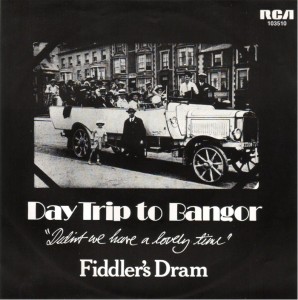 But what did I hear first? Who knows? I remember my mother playing guitar and singing, but ridiculously, the actual song that stands out as the first identifiable thing I remember, can name and even know some of the words to is neither parent music, nor standard chart fare; it’s Day Trip To Bangor by Fiddler’s Dram, which sets the date I began to really absorb music at around 1979; which makes sense, as until around that point I had hearing problems. As earliest memories go it could be more significant – I didn’t like it (or dislike it, as far as I remember), I can’t picture the band, it isn’t the soundtrack to a specific event. I just remember it, like I remember Crown Court and Pebble Mill At One being on TV in the afternoon if I was ill at home instead of being at school. It’s also to the end of the 70s that the first 7” single actually owned by me belongs and it’s also a typical-of-its-era novelty record, by the already long-in-the-tooth comedy group The Barron Knights – ‘A Taste of Aggro’. It’s the kind of random thing that little kids like; it features parodies of ‘The Smurf Song’ and Boney M’s ‘Rivers of Babylon’ (‘there’s a dentist in Birmingham…’ ). In my first year or two at primary school I also remember liking at least one Adam and the Ants song, I liked Toyah and Hazel O’Connor when they were on TV, I liked the disco version of the Star Wars theme and ‘Cars’ by Gary Numan. Other music-related memories of the time are pretty vague; I remember older kids who were punks and (more scary to small-child me) skinheads, but I don’t think I ever heard their music at the time.
But what did I hear first? Who knows? I remember my mother playing guitar and singing, but ridiculously, the actual song that stands out as the first identifiable thing I remember, can name and even know some of the words to is neither parent music, nor standard chart fare; it’s Day Trip To Bangor by Fiddler’s Dram, which sets the date I began to really absorb music at around 1979; which makes sense, as until around that point I had hearing problems. As earliest memories go it could be more significant – I didn’t like it (or dislike it, as far as I remember), I can’t picture the band, it isn’t the soundtrack to a specific event. I just remember it, like I remember Crown Court and Pebble Mill At One being on TV in the afternoon if I was ill at home instead of being at school. It’s also to the end of the 70s that the first 7” single actually owned by me belongs and it’s also a typical-of-its-era novelty record, by the already long-in-the-tooth comedy group The Barron Knights – ‘A Taste of Aggro’. It’s the kind of random thing that little kids like; it features parodies of ‘The Smurf Song’ and Boney M’s ‘Rivers of Babylon’ (‘there’s a dentist in Birmingham…’ ). In my first year or two at primary school I also remember liking at least one Adam and the Ants song, I liked Toyah and Hazel O’Connor when they were on TV, I liked the disco version of the Star Wars theme and ‘Cars’ by Gary Numan. Other music-related memories of the time are pretty vague; I remember older kids who were punks and (more scary to small-child me) skinheads, but I don’t think I ever heard their music at the time.
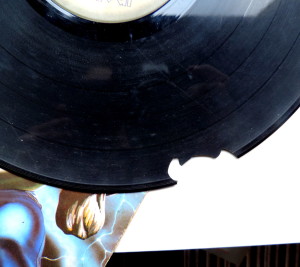
It’s surprising to me to find that the first music I liked that I stayed a fan of for any length of time arrived so quickly after these things. In 1982 while I was still at Primary School, I heard ‘Run To The Hills’ by Iron Maiden and loved it. Iron Maiden divided my classmates and my parents hated them, but when Number of the Beast came out I was able to borrow the LP from one of their friends. I promptly broke it (slipped out of the inner sleeve and a strangely fangs/horns-like shard broke off of it, ruining the first track on each side) and had to pay for it. The plus side is that I still have an original pressing of Number of the Beast, albeit one that doesn’t actually have the title track (or ‘Invaders’, less of a loss) on it. A slightly later memory I think, is my dad telling me if I liked Iron Maiden, I should listen to this – and showing me the Grateful Dead’s eponymous 1971 live album. I think he presumed that the passing resemblance between the skeleton on the cover and Eddie would make it appeal to me. It didn’t – but that is probably my favourite Grateful Dead album now. Iron Maiden were destined nominally to remain my favourite band for a good four or five years, but I don’t think I really listened to them – or anything really – much until I went to high school a few years later. I don’t remember buying any other records before ’86 or so and other musical memories from the Primary school-era are thin on the ground and mostly negative. I hated ‘Come On Eileen’ (still do), Thriller came out; I liked the video but don’t think I cared much about the music one way or the other. A lot of musical likes were inevitably more to do with context (or videos) than anything else; I quite liked Huey Lewis and the News, because of Back To The Future, I hated ‘Money For Nothing’ by Dire Straits (still do) because of the video and the band’s appearance (and, naturally, the song itself). I quite liked Peter Gabriel’s ‘Sledgehammer’ because of the video (especially the claymation bit), I hated ‘Relax’ and ‘Two Tribes’, I didn’t like ‘Take On Me’ or its video, I quite liked The Police. I didn’t mind Spandau Ballet too much but didn’t like the way Tony Hadley held his microphone(!), I thought Whitney Houston was pretty but didn’t like ’I Wanna Dance With Somebody’ very much,… Those kinds of things. It wasn’t really until High school that I started liking (or hearing) things that weren’t in the charts or parent music.
*The intro to Pink Floyd’s ‘Money’ still has the power to make me feel simultaneously bored and tense, however.
Coming as soon as I get around to it; Part Two (btw, the stupid title pun refers to the neuropsychological term MEAMs – ‘music-evoked autobiographical memories’)
Just for fun: the ‘I know I heard it at the time’ playlist; in chronological order – which is not necessarily how they are in my memory – definitely not all recommendations or anything (to say the least!!), and absolutely not the songs I like best from that era – these are just the ones that most evoke my early and pre-teen childhood to me…
VOL 1: 1978 – 1986
- Kate Bush – Wuthering Heights (1978)
- Boney M – Brown Girl in the Ring (1978)
- Blondie – Heart Of Glass (1978)
- Fiddler’s Dram – Day Trip to Bangor (1979)
- Pink Floyd – Another Brick In The Wall, Part 2 (1979)
- Lipps Inc – Funkytown (1979)
- The Boomtown Rats – I Don’t Like Mondays (1979)
- Gary Numan – Cars (1979)
- Martha & the Muffins – Echo Beach (1980)
- The Goombay Dance Band – Seven Tears (1980)
- The Buggles – Video Killed the Radio Star (1980)
- The Nolans – I’m In The Mood For Dancing (1980)
- Bad Manners – Special Brew (1980)
- Dexy’s Midnight Runners – Geno (1980) & Come On Eileen (1982)
- The Pretenders – Brass In Pocket (1980)
- Talking Heads – Once In A Lifetime (1980)
- Adam And The Ants – Antmusic (1980)
- Stevie Wonder – Happy Birthday (1980)
- The Piranhas – Tom Hark (1980)
- Chas & Dave – Rabbit (1980)
- Ottawan – D.I.S.C.O. (1980)
- Blondie – The Tide is High (1980)
- OMD – Enola Gay (1980)
- Diana Ross – Upside Down (1980)
- Tony Basil – Mickey (1981)
- Joe Dolce Music Theatre – Shaddap You Face (1981)
- Altered Images – Happy Birthday (1981)
- Aneka – Japanese Boy (1981)
- Christopher Cross – Arthur’s Theme (Best That You Can Do) (1981)
- Shakin’ Stevens – Green Door (1981)
- The J Geils Band – Centerfold (1981)
- Musical Youth – Pass The Dutchie (1982)
- Duran Duran – Hungry Like The Wolf (1982)
- Thomas Dolby – She Blinded Me With Science (1982) and Hyperactive! (1984)
- Kid Creole & The Coconuts – Annie I’m Not Your Daddy (1982)
- The Belle Stars – Sign Of The Times (1982)
- Michael Jackson – Beat It (1982)
- Renee & Renato – Save Your Love (1982)
- New Edition – Candy Girl (1983)
- David Bowie – Modern Love (1983)
- Depeche Mode – Everything Counts (1983)
- Mike Oldfield – Moonlight Shadow (1983)
- Herbie Hancock – Rockit (1983)
- Status Quo – Marguerita Time (1983)
- Nena – 99 Red Balloons (1983)
- Spandau Ballet – To Cut A Long Story Short (1981) & Gold (1983)
- The Cure – The Love Cats (1983)
- Deniece Williams – Let’s Hear It For The Boy (1984)
- The Specials – Nelson Mandela (1984)
- Madonna – Material Girl (1984)
- Harold Faltermeyer – Axel F (1984)
- Philip Bailey with Phil Collins – Easy Lover (1984)
- Rockwell – Somebody’s Watching Me (1984)
- Nik Kershaw – I Won’t Let the Sun Go Down On Me (1984)
- Chaka Khan – I Feel For You (1984)
- Murray Head – One Night In Bangkok (1984)
- Ashford & Simpson – Solid As A Rock (1984)
- Giorgio Moroder & Philip Oakey – Together in Electric Dreams (1984)
- Russ Abbot – Atmosphere (1984)
- Falco – Rock Me Amadeus (1985)
- Cyndi Lauper – Goonies ‘R’ Good Enough (1985)
- DeBarge – Rhythm Of The Night (1985)
- Five Star – System Addict (1985)
- Diana Ross – Chain Reaction (1985)
- Peter Gabriel – Sledgehammer (1986)
- Suzanne Vega – Left of Center (1986)
- Farley ‘Jackmaster’ Funk – Love Can’t Turn Around (1986)
- Steve Winwood – Higher Love (1986)
- Jermaine Stewart – We Don’t have To Take Our Clothes Off (1986)
- Psychedelic Furs – Pretty In Pink (1986 – re-release)
and so many more….
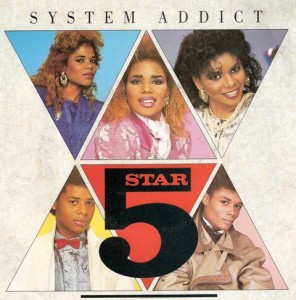

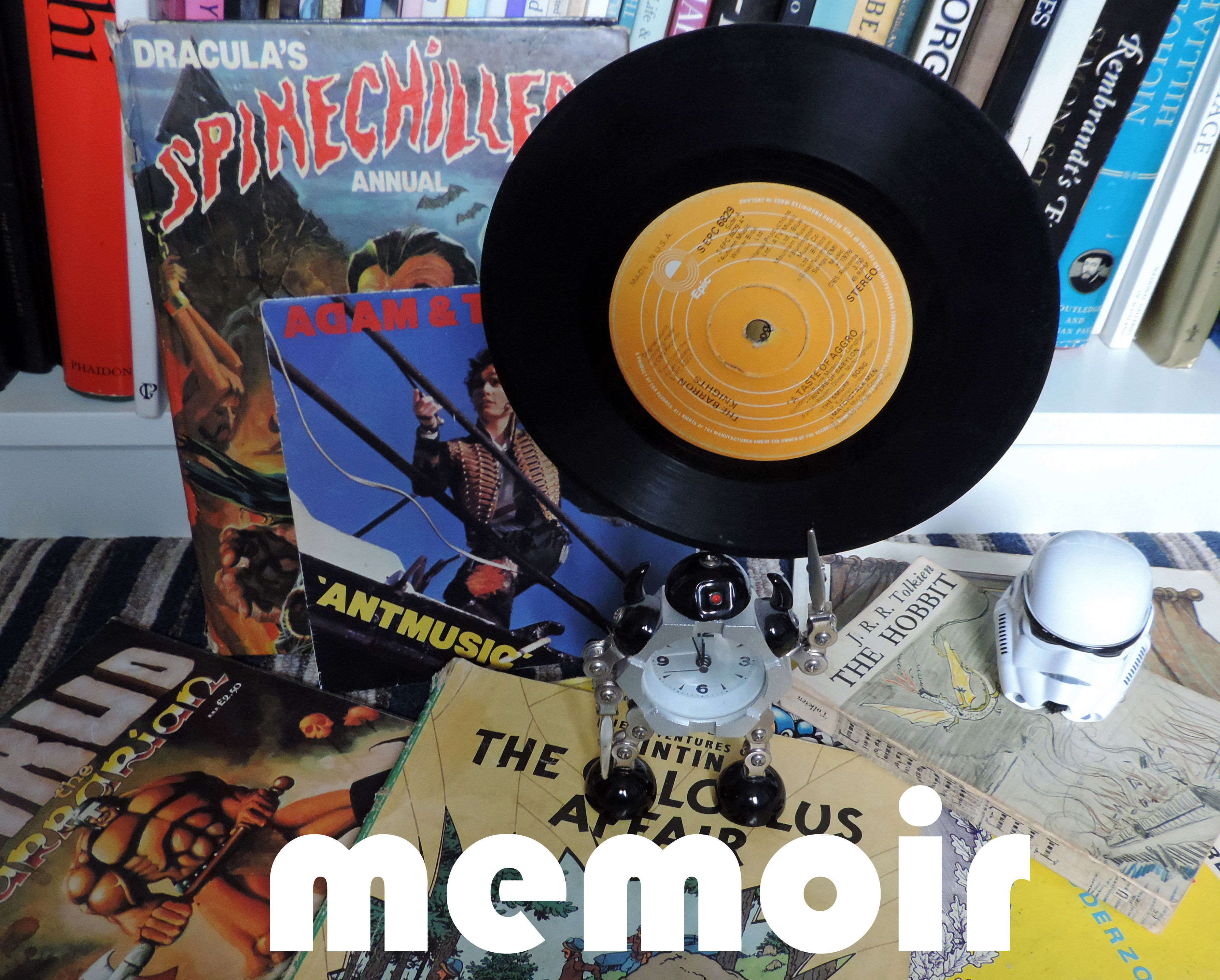

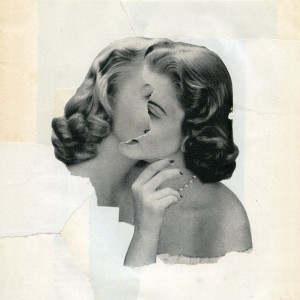
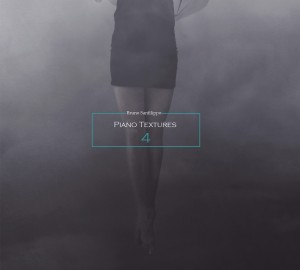

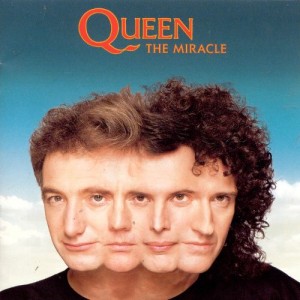
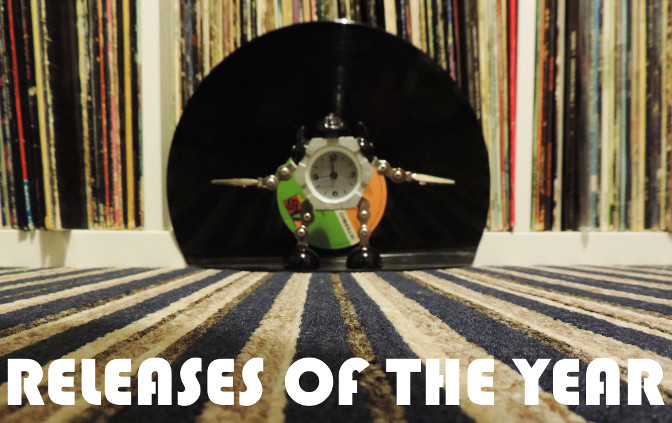



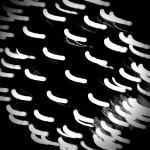
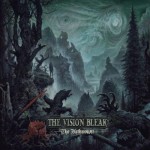
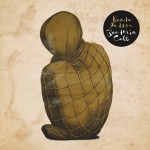
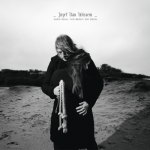
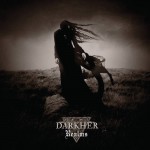
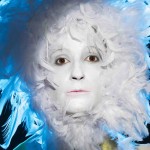
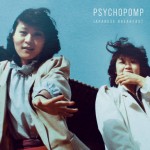
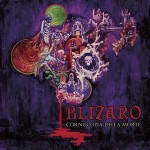
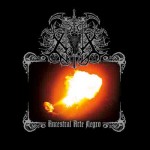
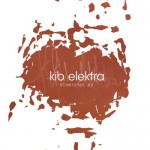
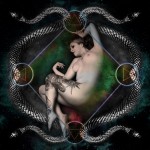

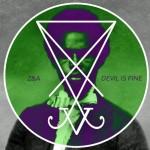

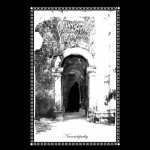

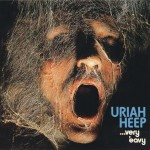
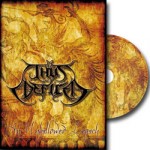
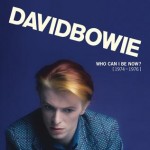
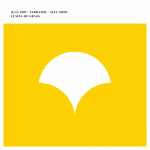
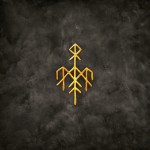
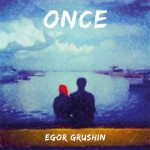



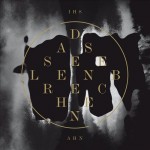
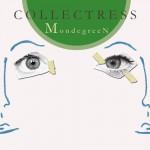
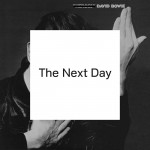
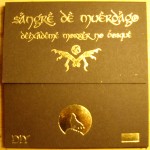
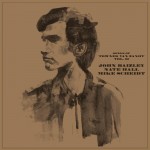
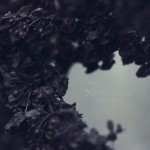
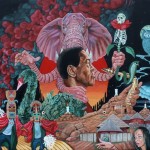
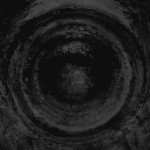



 Heartbreakingly sad but also funny and rebellious blues performance by one of my favourite blues singers, with brilliant guitar playing by Tampa Red
Heartbreakingly sad but also funny and rebellious blues performance by one of my favourite blues singers, with brilliant guitar playing by Tampa Red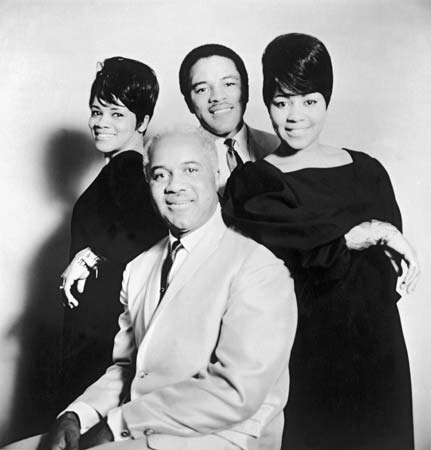
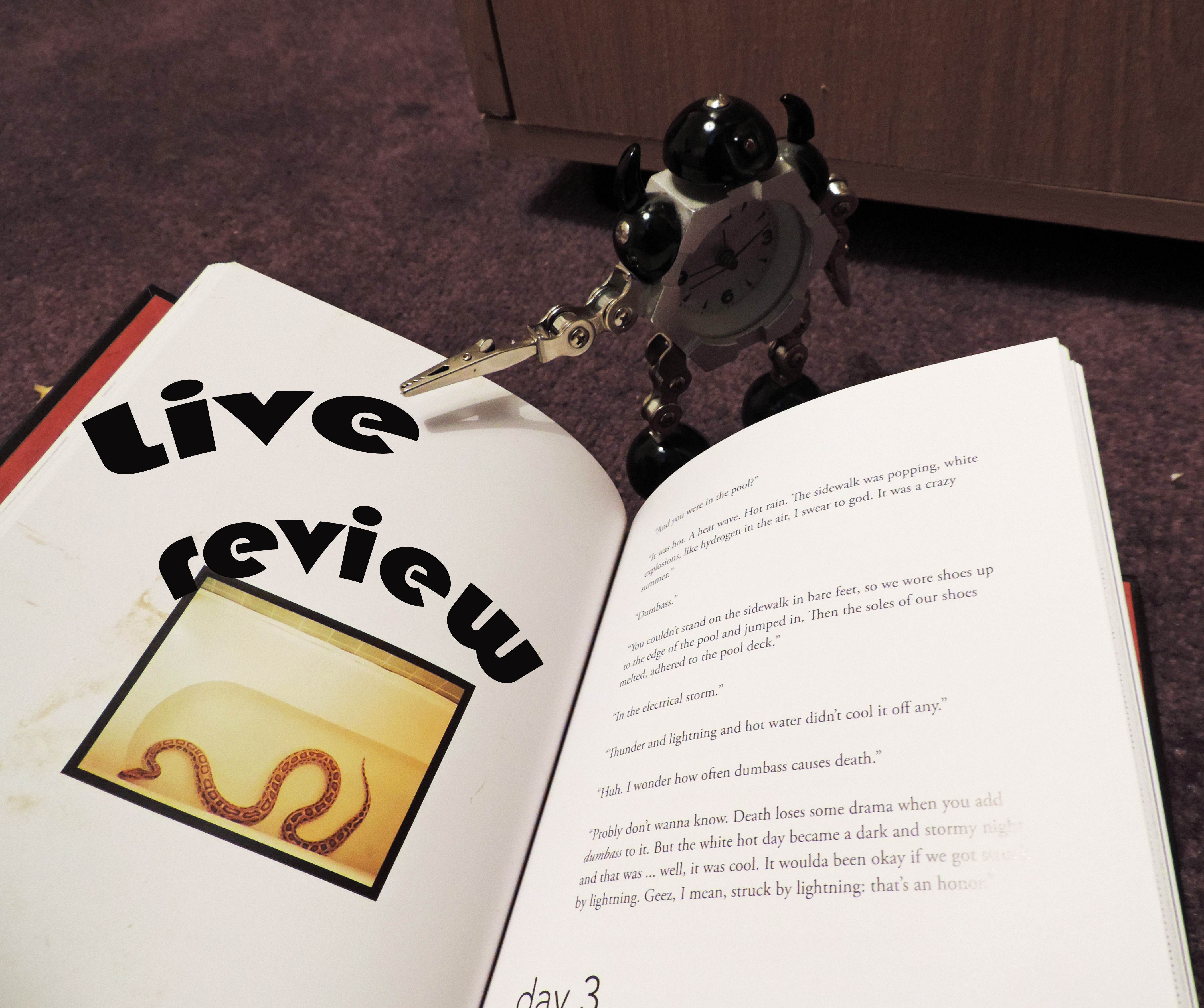



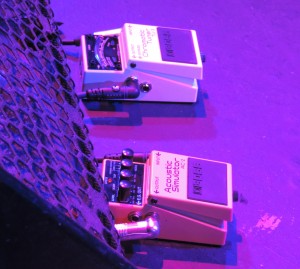
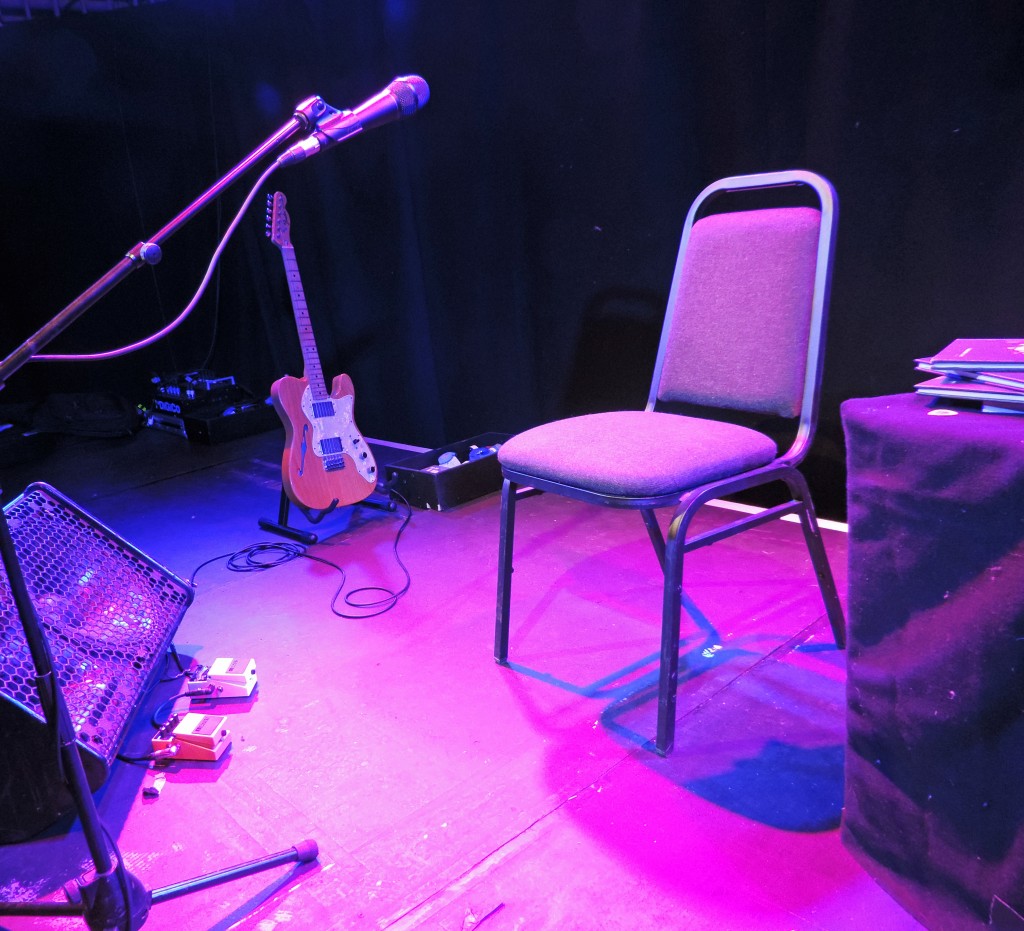
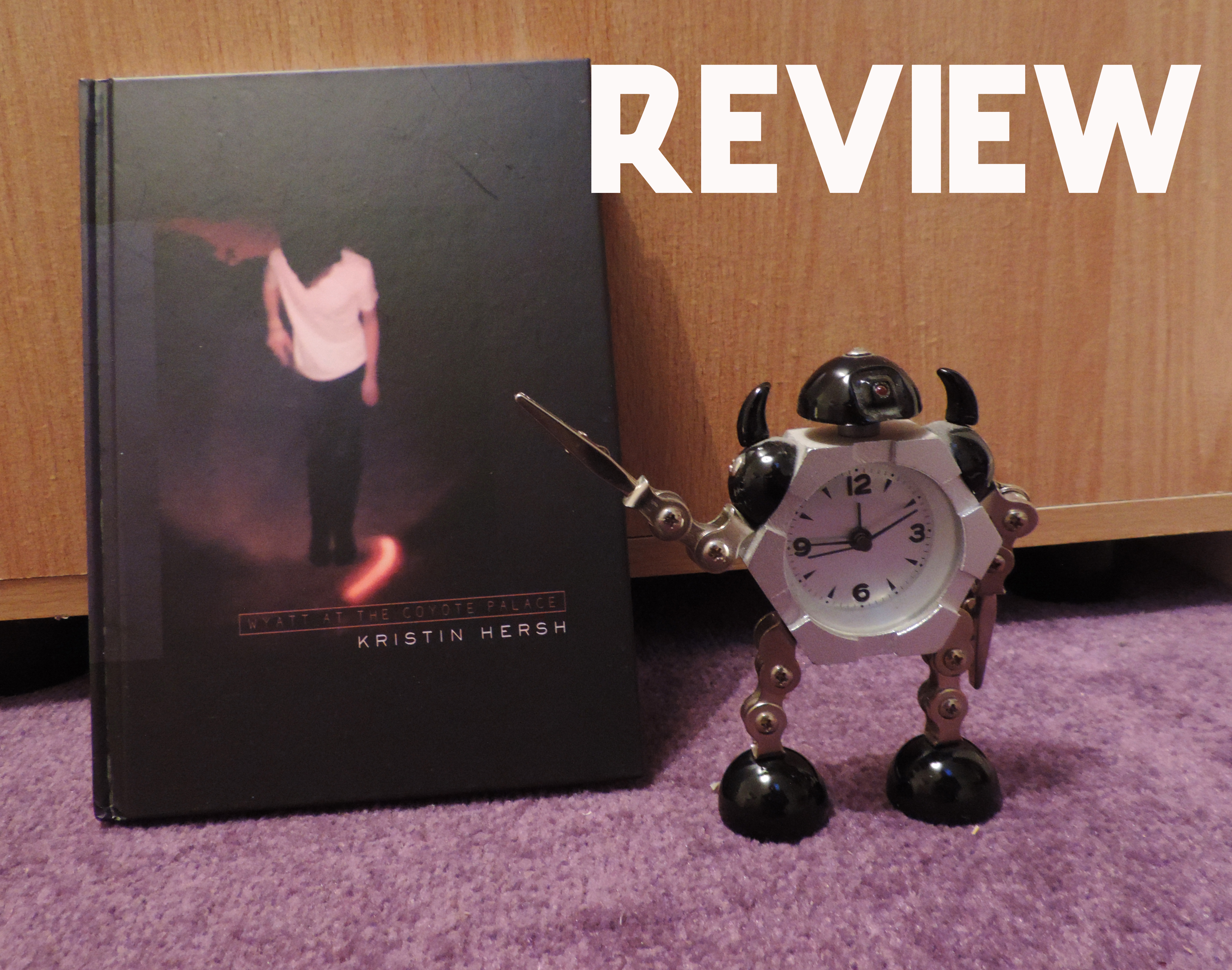

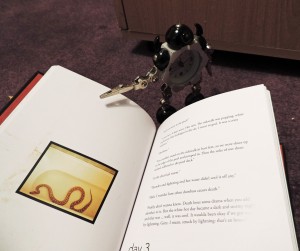
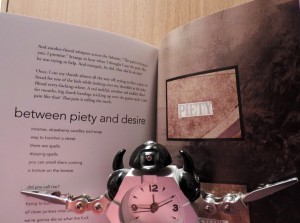
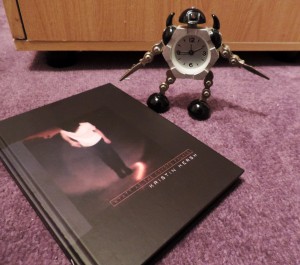
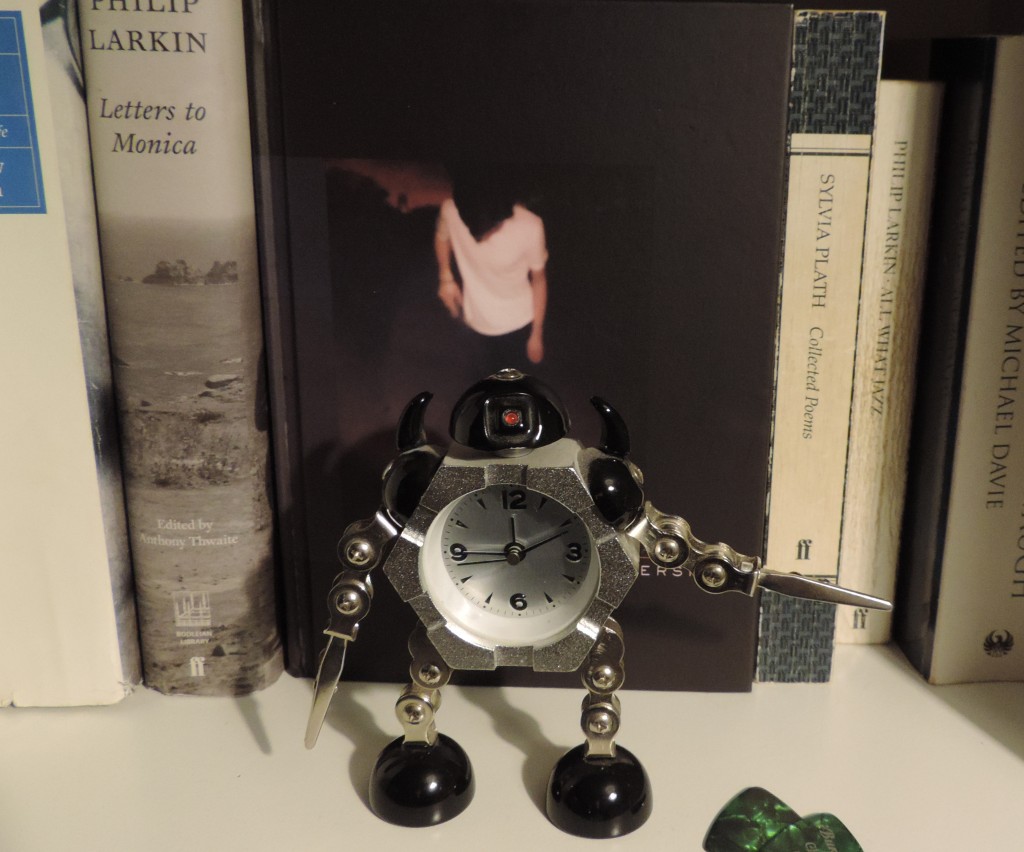
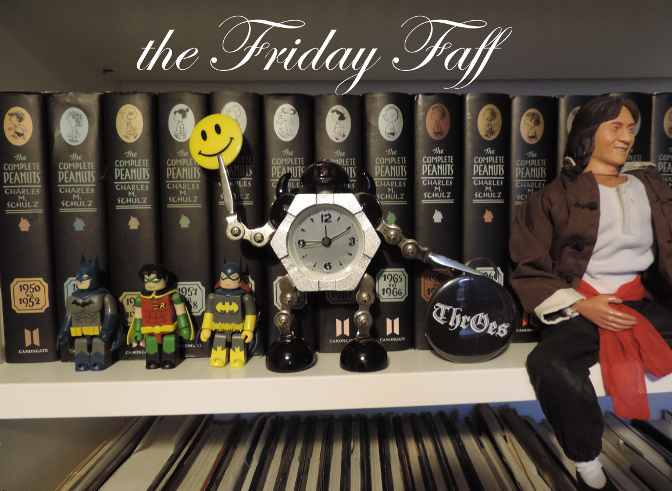
 rushin’s beautiful Once and Domenicano, Frank Zappa & the Mothers of Invention’s Burnt Weenie Sandwich and Uncle Meat, The Beau Brummels (who are never quite as good as I want them to be – ie not as good as The Lovin’ Spoonful) but have some really good songs, Kenny Drew & Niels-Henning Ørsted Pedersen’s Duo, Bessie Smith, a really interesting album called Stations by
rushin’s beautiful Once and Domenicano, Frank Zappa & the Mothers of Invention’s Burnt Weenie Sandwich and Uncle Meat, The Beau Brummels (who are never quite as good as I want them to be – ie not as good as The Lovin’ Spoonful) but have some really good songs, Kenny Drew & Niels-Henning Ørsted Pedersen’s Duo, Bessie Smith, a really interesting album called Stations by 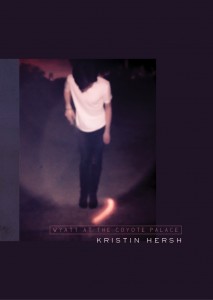 I haven’t started making an actual list yet, but it’s that time of year when some albums have firmly earned their place in the AOTY list and others are looking likely. It would be nice if Prophets of Rage released an album, but oh well. I’ve no idea how long the list will be, but I can say at this point that it will certainly include Bowie’s Blackstar, Iggy Pop/Tarwater/Alva Noto’s Leaves of Grass (not really an album but I’ll make an exception), Darkher’s Realms, Emma Ruth Rundle’s Marked For Death and Kristin Hersh’s amazing new book/double album Wyatt at the Coyote Palace.
I haven’t started making an actual list yet, but it’s that time of year when some albums have firmly earned their place in the AOTY list and others are looking likely. It would be nice if Prophets of Rage released an album, but oh well. I’ve no idea how long the list will be, but I can say at this point that it will certainly include Bowie’s Blackstar, Iggy Pop/Tarwater/Alva Noto’s Leaves of Grass (not really an album but I’ll make an exception), Darkher’s Realms, Emma Ruth Rundle’s Marked For Death and Kristin Hersh’s amazing new book/double album Wyatt at the Coyote Palace.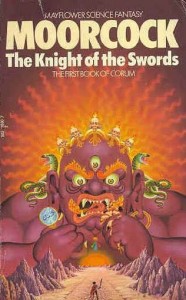 typically ‘heroic fantasy’/swords and sorcery in their stories and action:
typically ‘heroic fantasy’/swords and sorcery in their stories and action: